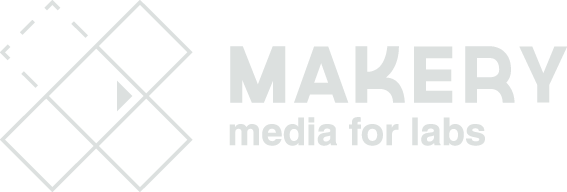


Art, Open Health and Radical Care
How can we foster relationships between art practices and health and biomedical research? How can art raise issues of equity in access to healthcare? What kind of vocabulary and methodologies can we use to engage and encourage interdisciplinary collaborations that might actively contribute to supporting vulnerable or sick people, or those who are victims of discriminatory access to healthcare services? And how can we respond to urgent issues such as the exclusion of marginalized groups from healthcare services, global migrations, the collapse of environmental health and the need for radical care in these pandemic times?
Open Source Body is a transdisciplinary festival held every two years by the Makery.info medialab to create opportunities for encounters and collaborations between artists and professionals in the fields of healthcare and biomedical research. In 2021, Open Source Body has partnered with the Cité Internationale des Arts and Volumes Lab / Oasis 21 in Paris to host three days of talks, discussions, workshops and performances. Open Source Body is co-funded by the CNC-Dicréam, the Creative Europe program of the European Union & ProHelvetia, Fondation suisse pour la culture.
Schedule
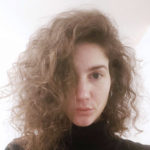
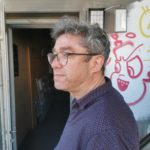
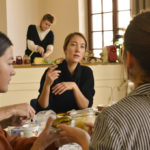
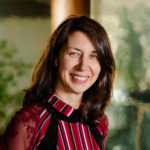
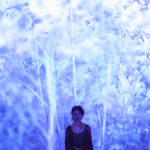
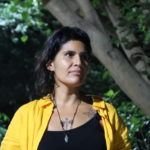
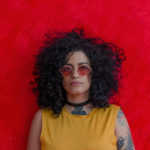
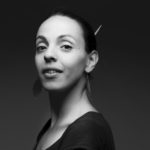
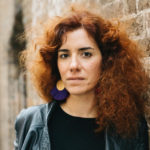
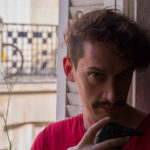
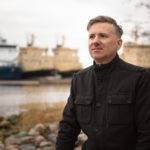
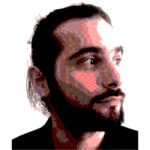

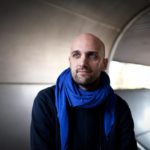
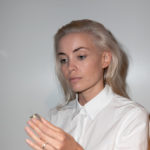
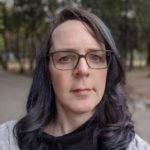




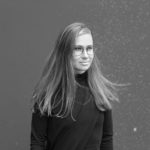
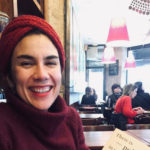
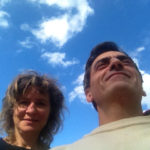



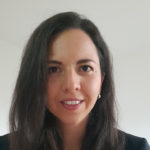
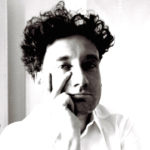
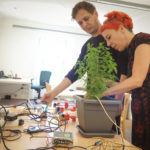





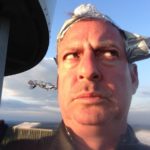



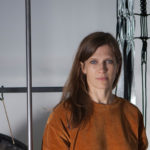
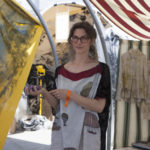
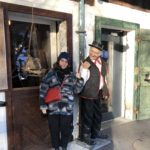
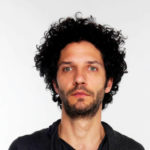
Participants
Hope Chest for the Transitioning Times
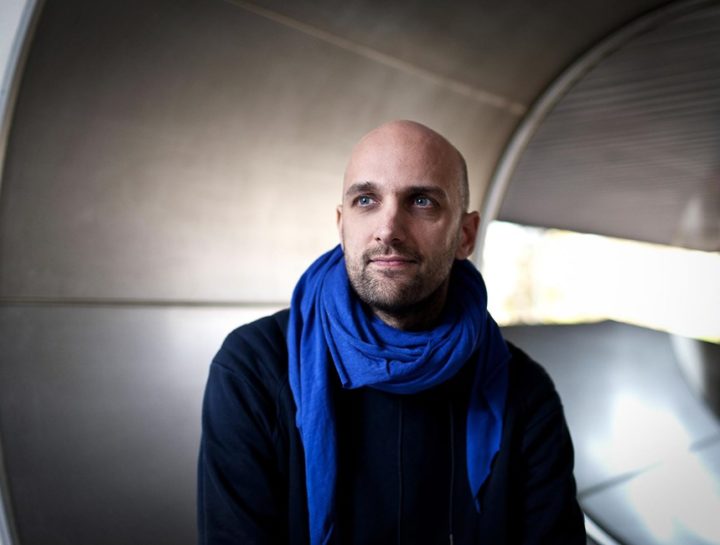
Miha Turšič is concept and project developer within the Make programme of Waag. He works on international collaborative research and innovation projects involving art-science, open source hardware, digital fabrication, material research, ecology and space culture. He is closely involved with the planet B lab's environmental efforts, and he is the founder of Open Space Lab within Waag. He is also a co-founder of a KSEVT (Cultural Centre of European Space Technologies) and Postgravityart group.
Green Open Food Evolution
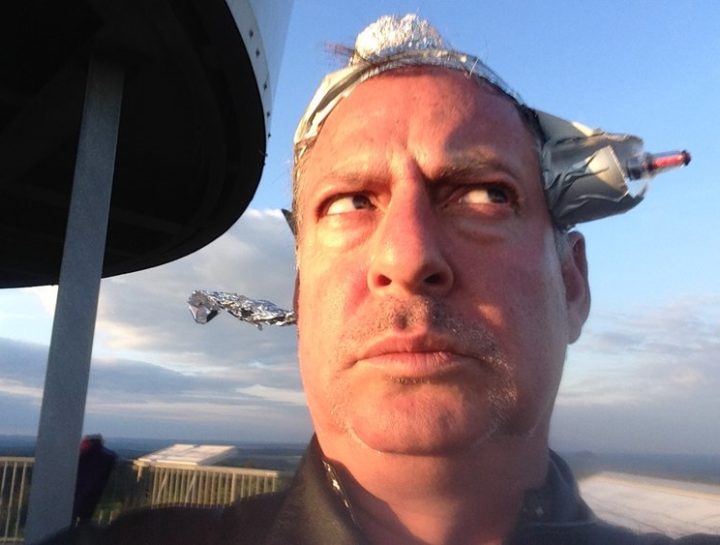
Zaretsky is a Wet-Lab Art Practitioner mixing Ecology, Biotechnology, Non-human Relations, Body Performance and Gastronomy. Zaretsky stages lively, hands-on bioart production labs based on topics such as: foreign species invasion (pure/impure), radical food science (edible/inedible), jazz bioinformatics (code/flesh), tissue culture (undead/semi-alive), transgenic design issues (traits/desires), interactive ethology (person/machine/non-human) and physiology (performance/stress). A former researcher at the MIT department of biology, Adam runs a public life arts school: VASTAL (The Vivoarts School for Transgenic Aesthetics Ltd.) His art practice focuses on an array of legal, ethical, social and libidinal implications of biotechnological materials and methods with a focus on transgenic humans.
Xeno-Optimizations for Arctic Survival
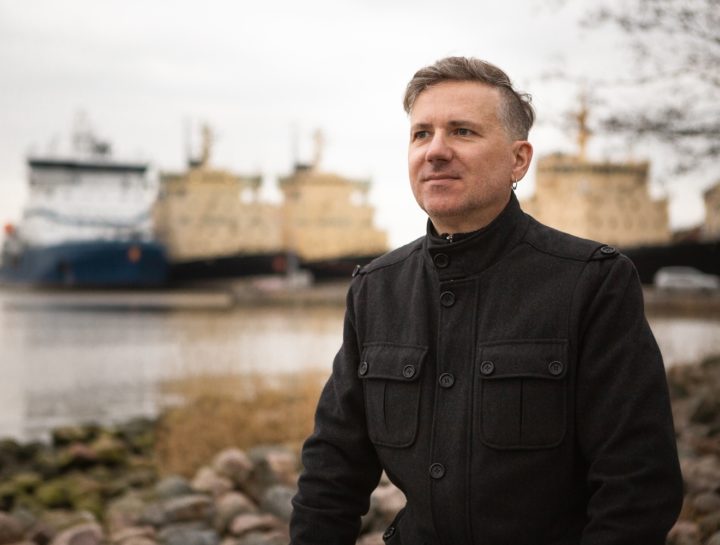
Erich Berger is an artist, curator and cultural worker based in Helsinki. He directs the Finnish Society of Bioart developing opportunities to create transdisciplinary encounters between professionals from art, natural science, technology and the humanities. In this work Berger recognizes science and technology as fundamentally human driven transformative powers of our life world.
His artistic interests lie in questions of deep time and hybrid ecology which led him to work with geological processes, radiogenic phenomena and their socio-political implications in the here and now.
Initiative for Practices and Visions of Radical Care
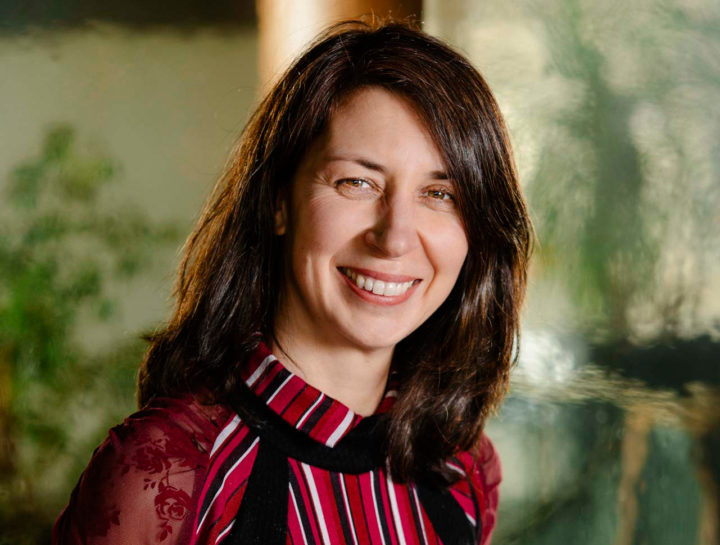
Nataša Petrešin-Bachelez is an interdependent curator, editor and writer. Since January 2021 is the Head of Cultural Programme at the Cité internationale des arts in Paris. In 2020 she co-founded Initiative for Practices and Visions of Radical Care, together with Elena Sorokina.
Among the projects and exhibitions she curated are: Not Fully Human, Not Human at All (Kadist and Kunstverein in Hamburg, 2020-2021), Contour Biennale 9: Coltan as Cotton (Mechelen, 2019), Defiant Muses. Delphine Seyrig and Feminist Video Collectives in France in 1970s-1980s at the Museum Reina Sofia, Madrid and museum LaM, Lille (with Giovanna Zapperi, 2019), Let’s Talk about the Weather. Art and Ecology in a Time of Crisis at the Sursock Museum in Beirut (with Nora Razian, 2016), and in France: Becoming Earthlings. Blackmarket for Useful Knowledge and Non-Knowledge #18 at Musée de l’Homme (with Alexander Klose, Council and Mobile Academy, 2015), Tales of Empathy at Jeu de Paume (2014), The Promises of the Past at the Centre Pompidou (with Christine Macel and Joanna Mytkowska, 2010), Société anonyme at Le Plateau/FRAC Ile-de-France (with Thomas Boutoux and François Piron, 2007).
Between 2010 and 2012, she was co-director of Les Laboratoires d’Aubervilliers and co-founder of the European network of small-scale art institutions Cluster. Since 2019 she teaches at the Sint Lucas School of Arts, Antwerpen.
Green Open Food Evolution / Roscosmoe
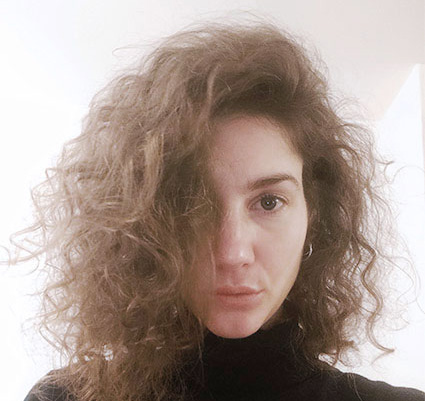
Sandra Bühler is a filmmaker and new media artist with a focus on documentary filmmaking and experimental animation. After completing her studies as graphic designer in Zurich, Switzerland, she turned towards movingimages as well as audio-visual performances and studied experimental film in Berlin, Tokyo and LA.2017 she received a Master of Fine Arts at Zurich University of the Arts. Through experimental, essayistic, docu-fictional technics she questions the contructed „nature“ of images as well as realities in general. She likes to work on the boundaries of conceptual thoughts especially between human and nonhuman and its politics. Hence in the last years she developed a strong interest in non-humanity, perspectivism, animism and mythology. In her practice she strives towards social-cultural exchange, sustainable interaction and close engagement with communities. She co-created various community based art projects around the world, working with marginalized groups as well as dense nature.
Trans*Plant. Le voyage d’OncoMouse : Open the Pill
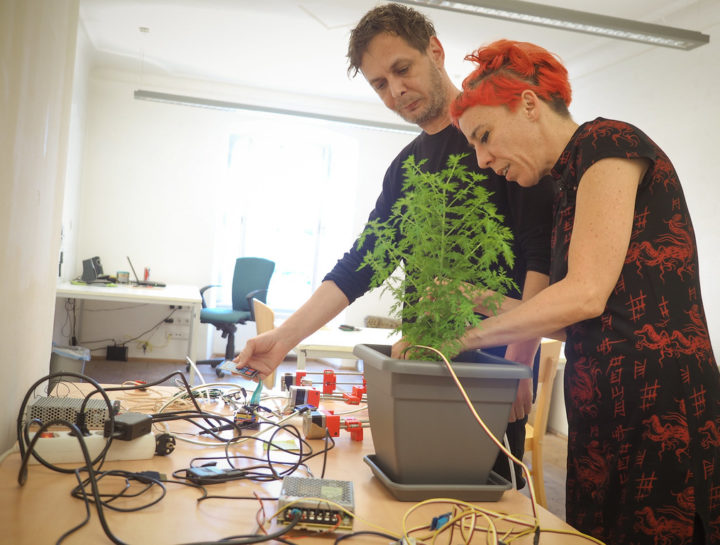
Quimera Rosa is a nomadic lab created in Barcelona in 2008 that researches and experiments on body, technoscience and identities. Aware of transfeminist and post-identitary discourses, they seek to experiment with hybrid and flexible identities that can blur the boundaries of the binomials of modern Western thought. They understand identity as a technological and artistic creation and seek to experiment hybrid, flexible and changing identities able to blur frontiers between natural / artificial, normal / abnormal, male / female, hetero / homo, human / animal, animal / plant, art / politics, art / science, reality / fiction…
Most of their work is done in a collaborative way, always free of proprietary codes.
Cream for flying
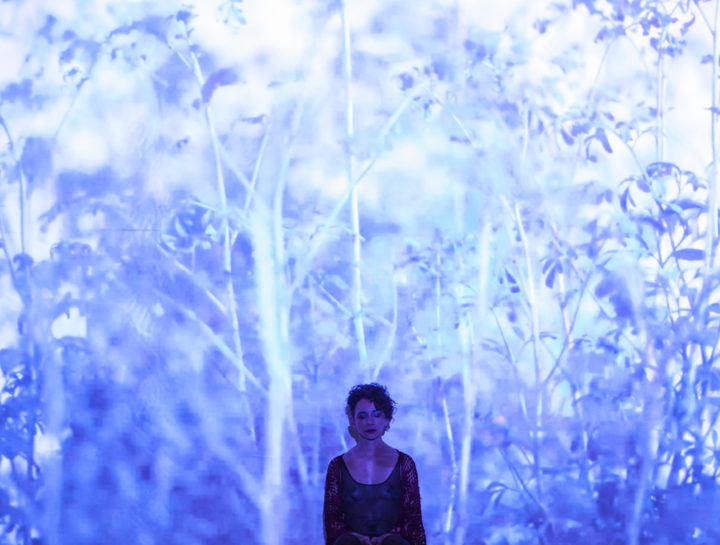
Aniara Rodado is a choreographer, artist and researcher completing her PhD dissertation in science and performative studies at the Ecole Polytechnique in Paris. Aniara’s thesis explores witchcraft and interspecific relationships with the plant world from a transfeminist perspective. As a choreographer, her practice seeks to go beyond dance and beyond the human body. It questions the fetishization of all things techno-scientific in the context of the ecological crisis, including the tendency to standardize life at all scales, affecting bodies, their alliances and the very possibility of knowledge. Her performances, installations, texts, videos, dance pieces, and drawings are all created under open source with a preference for old or low tech forms and domestique DIY bricolage.
Ensargasse moi: the body of a contaminated Caribbean witch decolonizes herself

Born in 1974 in Nouméa, New Caledonia. Lives and works in Martinique. Choreographer, dancer, performer, researcher and “bruja”, she also practices somatic body-mind centering®, which allows her to organically write (eco/afro) feminist performances, where intimacy and politics are increasingly intertwined. Annabel’s three major performances are “A freak show for S.”, “Hystéria” and “I’m a bruja”. She co-directs with her life partner H. Tauliaut the International Festival of Performance Art (@FIAP Martinique). Together, they have created four performative worlds—aqua, iguana, afropunk and technochaman—as well as performance art laboratories, held every two months since 2017 in the Savanna of Petrifications at Martinique’s southernmost tip, to practice performing in situ in nature with other artists. In parallel, Annabel performs danced actions in prisons, educational, medical, social humanitarian and prostitution environments. She is currently involved at s.o.s maternité and Kap Caraïbes for the LGBTQI community. In 2012, she began to work on Black feminism by creating “Women, part two: you might think i’m crazy but i’m serious” with Ghyslaine Gau and Ana Pi. The trio questioned the political body and the social position of Black and mixed-race women on stage. In 2021, the trio’s WOMEN, PART3 will take the form of a performative exhibition in order to empower other women in the Afro-diasporic community. In May 2021, Annabel is an artist in residence at the Cité Internationale des Arts in Paris via the ONDES program.
http://artincidence.fr/wp-content/uploads/2021/02/Anabelle_geredrat-portfolio.pdf
Ensargasse moi: the body of a contaminated Caribbean witch decolonizes herself
Unborn0x9
Shu Lea Cheang is an artist and filmmaker whose work aims to re-envision genders, genres, and operating structures. From homesteading cyberspace in the 90s to her current retreat to post-netcrash BioNet zone, Cheang takes on viral love, bio hack in her current cycle of works. She represented Taiwan with 3x3x6, a mixed media installation at Venice Biennale 2019 and is currently developing UKI, a sci-fi viral alt-reality cinema.
Future Baby Production
Future Baby Production is an initiative by Shu Lea Cheang and Ewen Chardronnet. In 2016, Cheang and Chardronnet were invited by Echopen to collaborate and contribute to the community forking initiative through their practices as artist/authors. This opportunity led to the UNBORN0X9 project. Soon a production team, including Benjamin Cadon (Labomedia - data hacking & networked transmission), Jérôme Dubois (echOpen - ultrasonic device engineering), Vivien Roussel (thr34d5 - Biomaterial research & fabrication) and Thomas Demmer (mechnical engineering) joined to develop the various dimensions of the hacking performance project. The collective Future Baby Production represents the common group effort to raise issues such as the possible impact of low cost echo-stethoscopy on global health issues, questions of access to healthcare and motherhood, ectogenesis and the technicization of reproduction, and the exchange between science-fiction imaginary and science in the making at large.
Unborn0x9
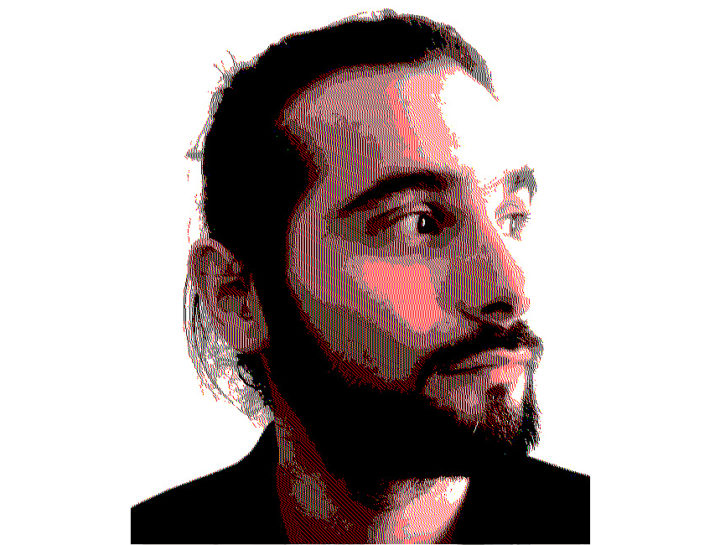
Vivien Roussel is an artist, maker and biohacker. He holds a M Art (FR), MS EdTech from CRI (FR), and a post-degree in arts from Offshore (CN).
His art practice focuses on technical mythology; for example, he studied in depth Robinsonnade (term invented by Karl Marx) and Robinson Crusoe. He has pursued this tension between the self and others, where technique takes root, by turning toward the world of "makers". He has co-founded and participated in the life of fablabs/makerspaces, collectively developing technological tools and practices. More recently, he has been exploring our scientific relationships with living things, following several years of making biomaterials at home or at La Paillasse in Paris. He joined the collective thr34d5 in developing post-anthropocentric and inclusive designs. He also develops prototypes for other artists and supervises the Makerspace at ENPC ParisTech.
Future Baby Production
Future Baby Production is an initiative by Shu Lea Cheang and Ewen Chardronnet. In 2016, Cheang and Chardronnet were invited by Echopen to collaborate and contribute to the community forking initiative through their practices as artist/authors. This opportunity led to the UNBORN0X9 project. Soon a production team, including Benjamin Cadon (Labomedia - data hacking & networked transmission), Jérôme Dubois (echOpen - ultrasonic device engineering), Vivien Roussel (thr34d5 - Biomaterial research & fabrication) and Thomas Demmer (mechnical engineering) joined to develop the various dimensions of the hacking performance project. The collective Future Baby Production represents the common group effort to raise issues such as the possible impact of low cost echo-stethoscopy on global health issues, questions of access to healthcare and motherhood, ectogenesis and the technicization of reproduction, and the exchange between science-fiction imaginary and science in the making at large.
UNBORN0X9 est un projet ART4MED soutenu par le medialab Makery et co-financé par le programme Creative Europe de l’Union Européenne.
Makery
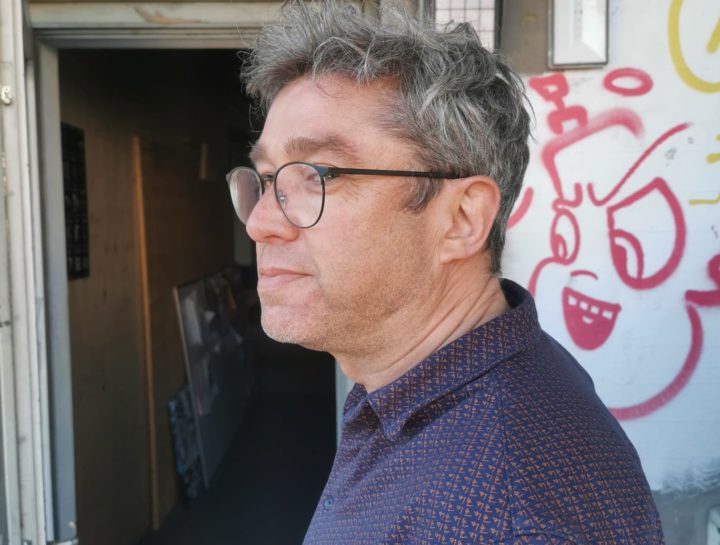
Ewen Chardronnet is an author, journalist, curator and artist. He is the curator of the Open Source Body festival, chief editor of Makery media and project manager of its medialab for which he currently manage « ART4MED: art meets health and biomedical research » (2020-2022), an initiative co-funded by the Creative Europe program of the European Union.
In 2016, Ewen Chardronnet established two artist-in-residency programs: the Roscosmoe project in collaboration with the M3 lab of the Roscoff Marine Station in France on marine biology, ecology and art; the Future Baby Production initiative together with artist Shu Lea Cheang to work on the Unborn0x9 artistic project in collaboration with echOpen, the open source echo-stethoscopy project based at Hôtel-Dieu in Paris. Ewen Chardronnet collaborates with the Aliens in Green collective and with Maya Minder on her Green Open Food Evolution project.
Ewen has coordinated the french translation of two guides in harm reduction: The Safer Injecting Briefing by Jon Derricott, Neil Hunt, Andrew Preston (Apothicom, CILDT, 2009) and the Guide to Problem Substance Use During Pregnancy by Anne Wittaker (Respadd, 2013). In 2016 he published Mojave Epiphanie, a secret history of the U.S. space program (Inculte). He recently contributed to The Great Offshore (ed. RYBN collective, UV, 2021) and Digital Unconscious (ed. Konrad Becker & Felix Stalder, Autonomedia, 2021).
Aliens in Green
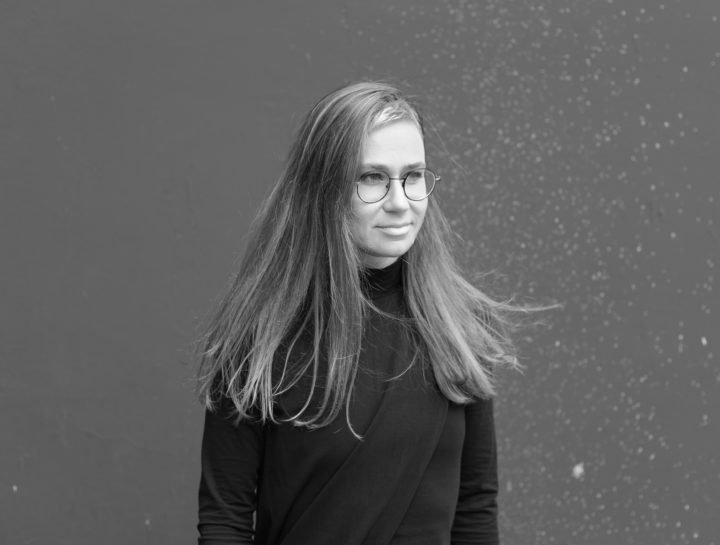
Špela Petrič is a Ljubljana and Amsterdam based new media artist who has been trained in the natural sciences and holds a PhD in biology and currently works as a researcher at the Vrije Universiteit Amsterdam. Her artistic practice combines the natural sciences, wet biomedia practices, performance, and critically examines the limits of anthropocentrism via multi-species endeavours. She envisions artistic experiments that enact strange relations to reveal the ontological and epistemological underpinnings of our (bio)technological societies. Petrič received several awards, such as the White Aphroid for outstanding artistic achievement (Slovenia), the Bioart and Design Award (Netherlands), and an Award of Distinction at Prix Ars Electronica (Austria).
BadLab
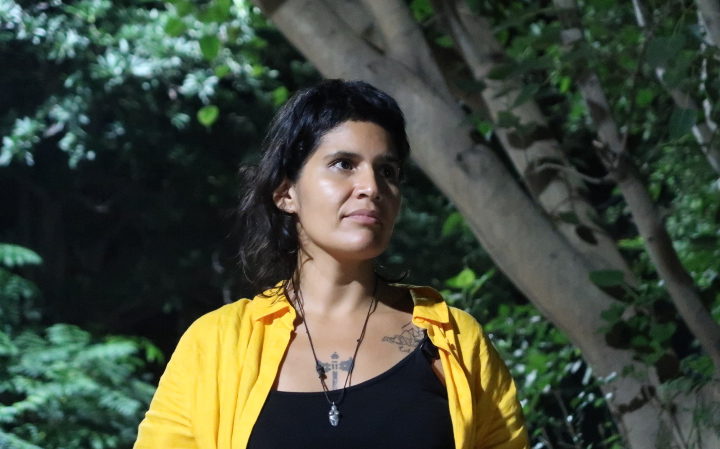
Paloma Ayala (b.1980, Matamoros, Mexico) is a visual artist interested in empowering the relationship between domestic living strategies and political contexts. She is a diaspora mother and a mestiza daughter whose work fictionalizes historical, ecological or social problematics as means of analysis and critique. Paloma´s projects nourish visions of connection and dreams of emancipation. Her favorite spaces to work range from kitchen to river shore, from international crossing bridge to agricultural land, from community meeting to aquelarre. Paloma’s work is rooted in her home, the eastern MX/US border landscapes, simultaneously blooming in her current base in Zurich.
She is part of the all womxn BadLab Collective, practicing domestic hacks since 2019.
Seconde peau
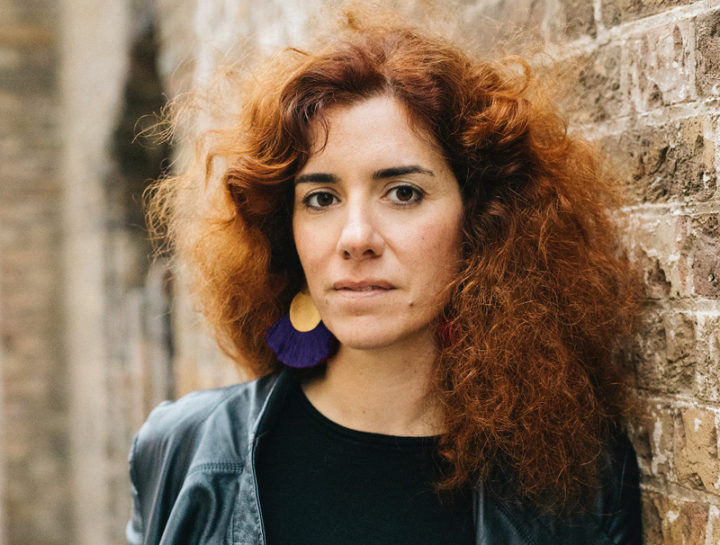
Nathalie Harb is a multidisciplinary artist and scenographer. She creates public interventions, installations and set design that question the notions of home, shelter and agency by proposing an alternative use of our daily habitat.
She collaborates with practitioners from the arts, design and architecture with whom she develops projects that range from urban interventions to film, theatre to interiors and installations exploring the dramaturgical potential of space and objects. Her work has been installed and exhibited in cities across the Middle East, Asia and Europe, funded by major institutions including the Goethe Institute, the Unesco in Paris, the American University Beirut’s Neighborhood Initiative, the London Design Biennale, the British Council, the Ministry of Culture, Lebanon and the London Greater Authority. She collaborates with Zoukak Theatre Company since 2009, and with Ali Chahrour on plays that toured internationally and have been recipients of prestigious awards such as the Ibsen Award.
A recent focus has been on two of her projects: The Silent Room and Urban Hives, urban interventions that respond to a need for community space within the increasingly depersonalized urban landscape. The Silent Room has to date been installed in Beirut and London. A flexible project that can either occupy existing space or be created as a standalone structure, this cocoon-like space offers visitors respite from the relentless noise and activity of 24/7 city culture. Urban Hives brings green spaces to the concrete jungle of city car parks. Low-cost, modular structures are erected over open-air parking, creating platforms that are accessible to all as food growing and garden space.
These projects have been covered extensively in the press, including in The Financial Times, The Guardian, Dezeen and BBC world .
Graduating with an MA in Cinema and Audio-Visual Practices from ALBA, Beirut in 2000 and an MA in Design Performance and Practice from Central St Martins in 2004, Harb continues to teach and lecture around the world alongside her practice. She is currently an artist in residence at the Cite Internationale des Arts in Paris.
Photosymbiosis in biomedical applications
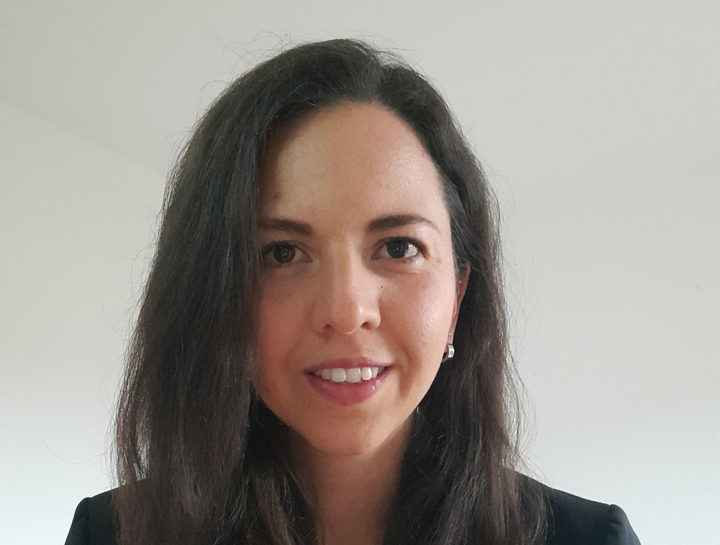
Myra Chávez obtained her Bachelor and Master Degrees in Molecular Life Science from the University of Lübeck, Germany. As a Ph.D. candidate at the Technical University Munich, she developed a project that attempted to circumvent hypoxia and the poor regenerative potential of engineered artificial tissues using photosynthetic transgenic microalgae. Besides, she participated in several collaboration projects and preclinical studies aiming at improving the acceptance, survival and regenerative capacities of dermal substitutes with research groups in California, Germany and Chile. She obtained a 3-year fellowship awarded by the Chilean government to study the importance of autophagy for zebrafish heart regeneration and its potential as therapeutic target for heart failure. Following her scientific interests, she recently joined the research group of Prof Nadia Mercader at the Institute of Anatomy to investigate the cellular processes behind zebrafish potential to regenerate cardiac valves. Her scientific work has been recognized with the Acta Student Award, as well as research grants to pursue collaboration projects in Europe. She intends to dedicate her scientific career to the research field of tissue engineering and regeneration and make significant contributions to the development of functional artificial organs by focusing on the role of autophagy and oxygen supply.
BadLab
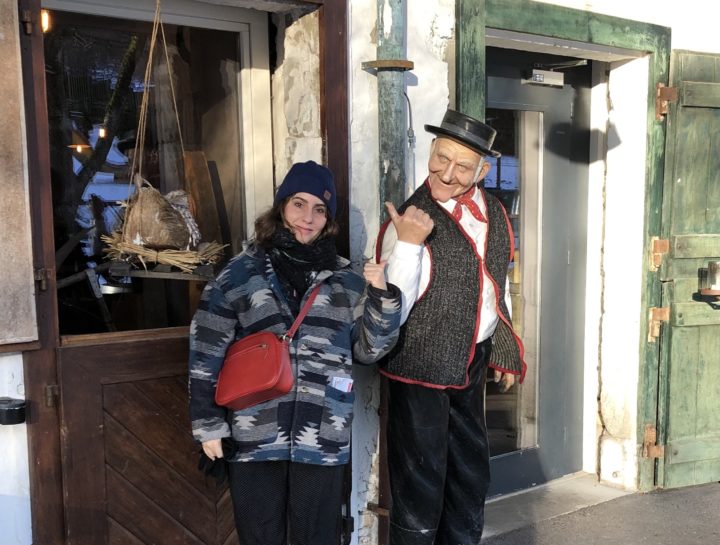
Anne-Laure Franchette is an artist based in Zurich. She studied fine arts at the Zurich University of the Arts, set design at the University of the Arts London and art history at the Université Paris X. Since 2018 she has been part of the interdisciplinary research group TETI, which is concerned with textures and experiences of trans-industriality. She is co-founder and artistic director of VOLUMES, a non-profit organization founded in 2013 in Zurich to support the local and international DIY facets of art publishing and introduce them to a larger audience in Switzerland. She also initiated and co-funded the Zurich Art Space Guide, (a non-profit map and listing of self organised platform spaces majoritively run by artists) and BadLab (a non hierarchical collective/network of Womxn exploring speculative and collaborative practices at the intersection of Craft, Art & Science).
The Art of Repair
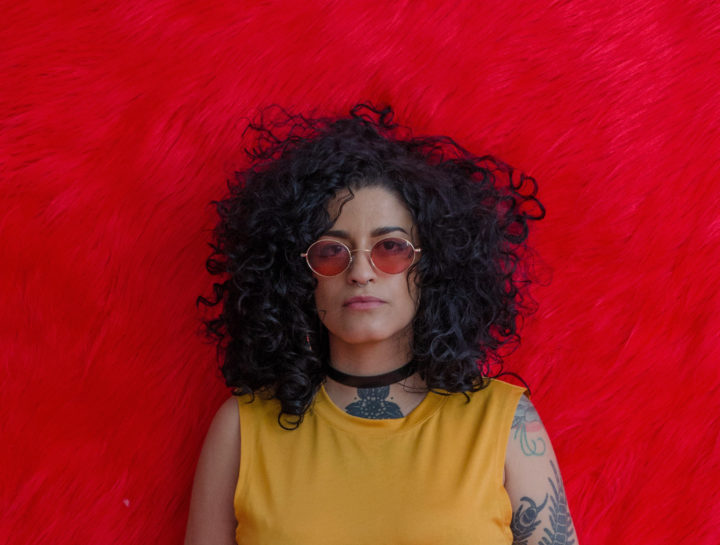
Luiza Prado de O. Martins (she/her, they/them) is an artist and researcher born in Rio de Janeiro in 1985, four hundred and eighty-five years after the Portuguese first invaded the land currently known as Brazil. Luiza holds an MA from the Hochschule für Künste Bremen and a PhD from the Berlin University of the Arts and is a founding member of the Decolonising Design platform. Her work examines themes around fertility, reproduction, coloniality, gender, and race. In her doctoral dissertation she approaches the control over fertility and reproduction as a foundational biopolitical gesture for the establishment of the colonial/modern gender system, theorizing the emergence of ‘technoecologies of birth control’ as a framework for observing—and resisting, disrupting, troubling—colonial domination. Her ongoing artistic research project, “A Topography of Excesses,” looks into encounters between human and plant beings within the context of herbalist reproductive medicine, approaching these practices as expressions of radical care. Since 2019, she has broadened the scope of this research, developing a body of work that offers a critique of the racist concept of ‘overpopulation’ in the context of the current climate crisis.
Quorum Sensing: Skin Flora Signal System
Lucy Ojomoko is a molecular biologist and artist. She is focused on scientific and artistic research in the field of neuro- and synthetic biology. Her works were devoted to the exploration of trans-species and intraspecific communication, including alive organisms - machine interactions, and the study of plasticity limits of living systems. Author of a number of publications in peer view journals and patents.
Healthy Green and Nonhuman Microperformativity
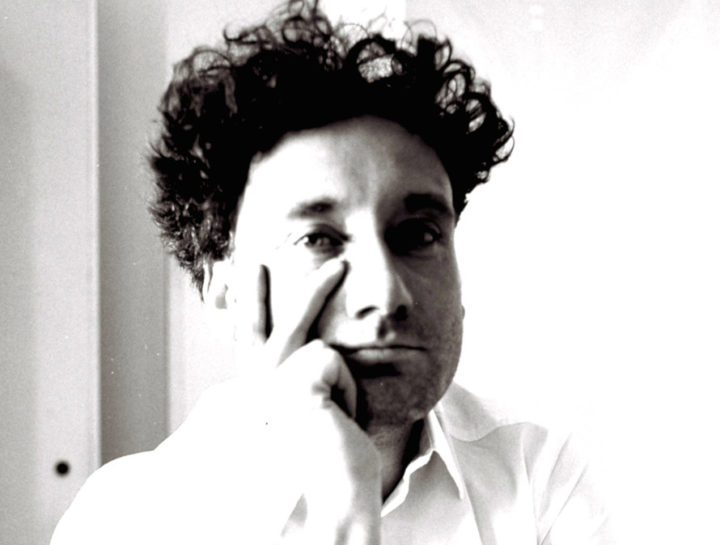
Jens Hauser (DE/FR/DK) is a Paris and Copenhagen based media studies scholar and art curator focusing on the interactions between art and technology. Following a dual post-doctoral position at the Faculty of Humanities and the Faculty of Health and Medical Sciences, he is a researcher at University of Copenhagen’s Medical Museion, and a distinguished affiliated faculty member of the Department of Art, Art History and Design at Michigan State University, where he co-directs the BRIDGE artist in residency program. Currently, he teaches experimental architecture at the University of Innsbruck, and is building an international network for Greenness Studies. Hauser has curated about thirty international exhibitions and festivals.
Quorum Sensing: Skin Flora Signal System
Helena Nikonole is a new media artist, independent curator and educator whose field of interests embraces hybrid art, bio-semiotics and Artificial Intelligence. According to Helena Nikonole, an artistic exploration of the potential possibilities (and also potential risks) of technologies is necessary to understand the context of modern technologically and media determined world.
She presents lectures and workshops in the field of Art & Science and Neural Networks in arts at different institutions including Rodchenko Art School (Moscow), Art Laboratory (Berlin), Mutek Festival (Montreal and Tokyo), ITMO University and many others.
Her work has appeared in exhibitions and festivals such as “Out of the Box” at Ars Electronica, AI-Music Festival, Open Codes (ZKM, Germany), CTM Festival, etc.
Xeno-Optimizations for Arctic Survival
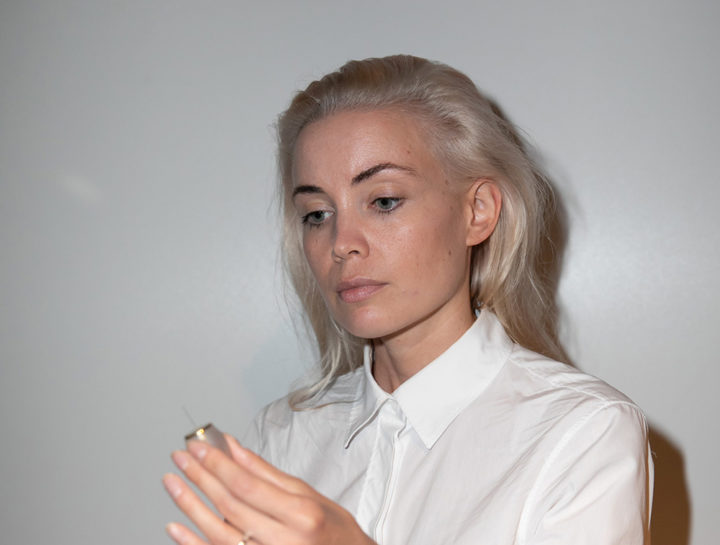
Emilia Tikka is a transdisciplinary designer and researcher, currently a PhD candidate at Aalto University, School of Arts, Design and Architecture in Helsinki and a research associate at Tampere University in the Department of New Social Research and STS. Former affiliations include: visiting scholar position at the Hermann von Helmholtz Centre for Cultural Techniques of the Humboldt- Universität zu Berlin, artist in residence at CRISPR laboratories of Max-Delbrück-Centre for Molecular Medicine in Berlin and Art and Science Research Residency in Japan organized by Bioart Society and hosted by BioClub Tokyo.
Her work explores philosophical dimensions and cultural implications of novel genome editing technology CRISPR engaging with questions of human biomedical enhancement. In this frame her current research and writing focuses on investigating human-nature-technology relations in technoscientific discourse. She problematizes the current production of the conditio humana by juxtaposing transhumanism and feminist posthumanism. Her practice combines critical storytelling, lab experiments, and speculative design – aiming to generate alternative modes of knowledge production in technoscientific cultures. Her on-going PhD research project Xeno-Genealogies is funded by the Finnish Kone Foundation.
Her art and design works have been exhibited at Ars Electronica in Austria, New York University Arts Centre in United Arab Emirates, Gregg Museum for Art and Design in USA, Imagine Science Film Festival NYC in USA, STATE Studio in Germany, EMMA Museum of Modern Art in Finland and Tekniska Museet in Sweden to mention a few.
art4med.eu/project/xeno-optimizations-for-arctic-survival
Xeno-Optimizations for Arctic Survival
Hope Chest for the Transitioning Times
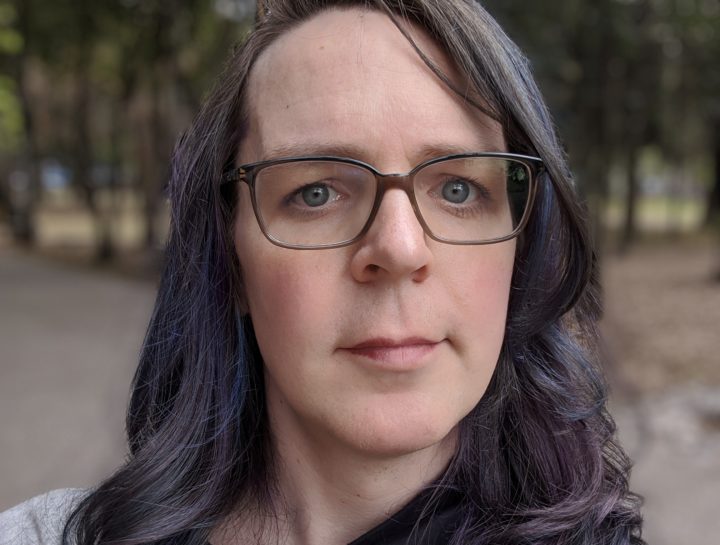
Adriana Knouf, PhD (US) works as an artist, writer, and xenologist. She engages with topics such as wet media, space art, satellites, radio transmission, non-human encounters, drone flight, queer and trans futurities, machine learning, the voice, and papermaking. She is the Founding Facilitator of the tranxxenolab, a nomadic artistic research laboratory that promotes entanglements among entities trans and xeno. Adriana regularly presents her artistic research around the world and beyond, including a work that has flown aboard the International Space Station. She was recently a Biofriction artist-in-residence at the Kersnikova Institute in Ljubljana, Slovenia. Adriana is currently an artist-in-residence at Waag in Amsterdam, the Netherlands as part of the ART4MED consortium. She lives and works in Amsterdam.
Green Open Food Evolution
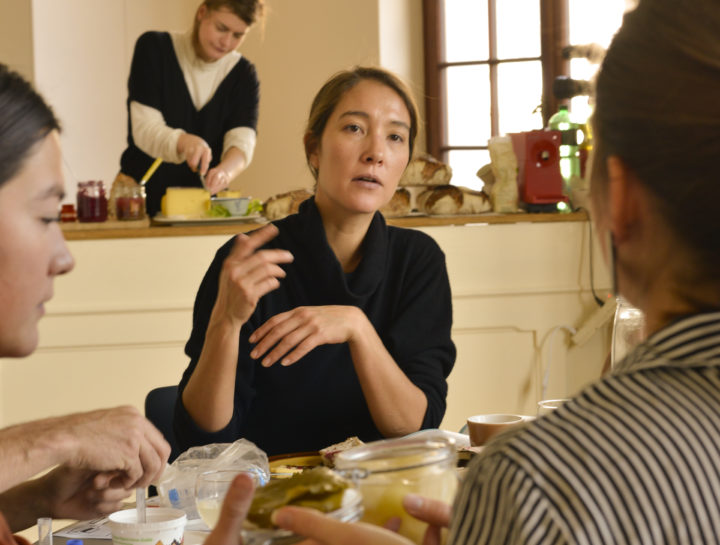
„Cooking thus transforms us“, is a framework Maya Minder weaves like a strings through her work. Cooking serves her to reveal the metaphore of the human transformation of raw nature into cooked culture and she combines it to the evolutionary ideas of a symbiotic co-existence between plants, animals and humans. She creates entanglements between human commodities and animism of nature. A table of diversity, not yet digested. Following the Biohacker, Maker and Thirdspace movement she uses grassroot ideas, safezones and citizen science into her field to enable collective story telling through food and cooking.
Maya Minder lives and works in Zurich. exhibitions and grants: Art Exlora Fellow, Ars Electronica AEGardens Piksle, Pro Helvetia, Werkbeitrag 2018 and 2020, KADIST AWARD 2017 (nomination), Part of the Klöntal Triennale 2017, Kunsthalle Zurich. Several grants and support from Migros Kulturprozent, Gubler Hablützel Stiftung and Gerbert Rüf Stiftung. She is also a curator and organizer of projects and festivals independent and in co-production with the Interational Hackteria Society. She studied Art history at the University of Zurich and MA Fine Arts at Zurich University of Arts.
She is currently an artist in residence at the Cite Internationale des Arts in Paris via the programme conceived with the foundation Art Explora.
citedesartsparis.net/fr/maya-minder
Making the "invisible" visible
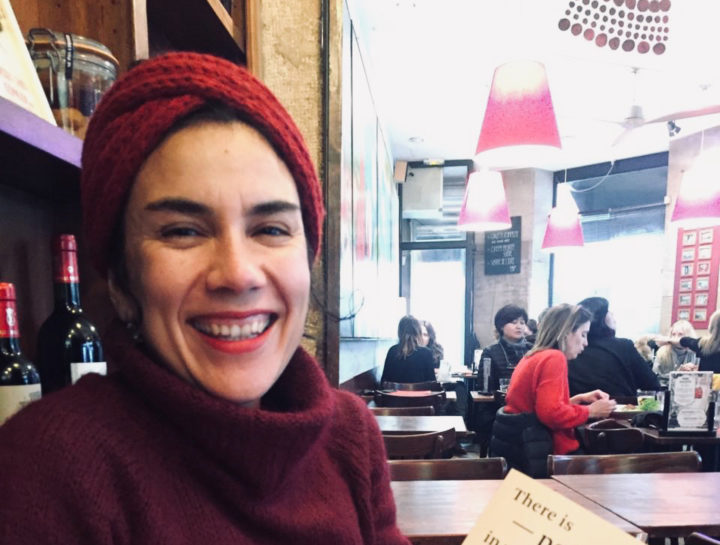
Mariana Rios Sandoval’s work explores the intersections between anthropology and Sciences and Technology Studies (STS), with a strong interest in collaborations with artists, as a way to make research insights accessible beyond academia. She focuses on the study of chemical products as ethnographic objects, emotional and physical apprehension of the environmental crisis, and the intersections between environmental justice and reproductive justice. Before joining the Cermes3 laboratory at CNRS, she completed a PhD in anthropology at the University of Amsterdam on young environmental activism around everyday toxicity—often articulated as the presence of endocrine disrupting chemicals (EDCs) in mundane objects and activities—in a dozen urban centers across France. Her postdoctoral project at Cermes3 explored overlaps in toxicity, fertility and the future in various contexts, including contraceptive practices and soil pollution, through field investigations, sound recordings and a short documentary.
https://www.cermes3.cnrs.fr/en/postdoctoral-fellows/783-rios-sandoval-mariana-2
BadLab
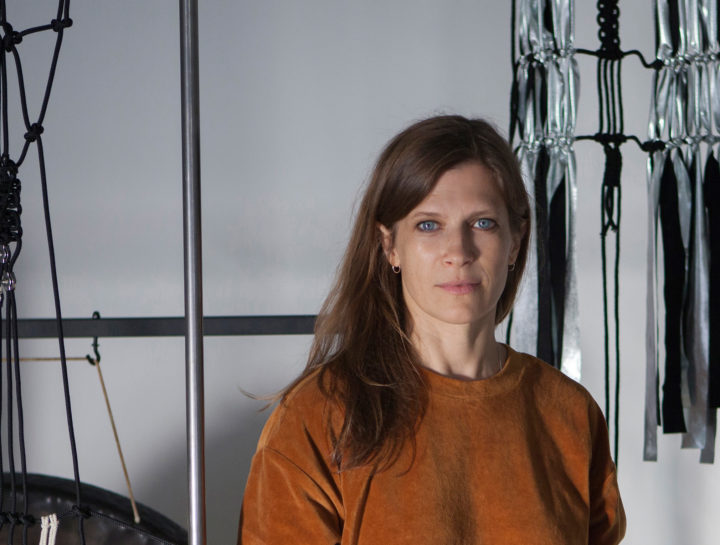
Lisa Biedlingmaier practice gravitates toward traditional handicraft and is informed by a wide-ranging milieu of feminist writings and healing practices, which is based on the handling of energy knots or energy blocks in the body.
She assigns a broad spectrum of meaning to her macramé nodes. Sometimes they stand for tensions and trigger points, sometimes for traces, memories, opinions, concepts–on a physical, mental and spiritual level. Everything that forms and influences our existence. Within her gong performances „Green Sound" she explores the sound as a carrier of vibrations that can be physically grasped and felt. How vibrations have an influence on our mind and life? Green Sound refers to the white noise, a phenomenon that is especially known in nature: the sound of the wind, the rush of the water, the crackle of the fire. Here all the frequencies come together to produce a white noise, as in the analogy with white light, which contains all the colors of the spectrum.
ICTUSCORDIS
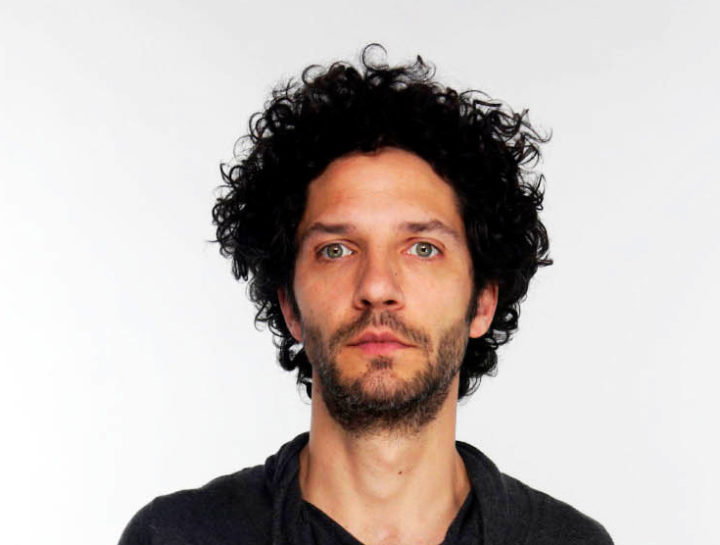
Januš Aleš Luznar, artist, sound composer, music producer, performer and DJ, born and based in Ljubljana, Slovenia. Always exploring new artistic practices, he works in the fields of production, organization, composing music for short films, theatre, fashion shows, fairy tales, dance performances and acting. In recent years, he devoted himself to exploring the intersections between the physical and psychological aspects of human expression. In 2018, he produced the first part of the series ICTUSCORDIS, ‘‘ modulatio ’’ where he explores the human heart as an intimate artistic inspiration. Since, he also produced the second part ‘’dialogue’’ in 2019, third part ‘’variatio’’ in 2020, and released an album on Kamizdat label, as the fourth part called ‘’memoriae’’ which draws on the past manifestations of the project. Monikers: Yanoosh, Ohm Fat, Funksi.
Crafting Settings for Otherwise Health under Brazilian Settler Colonialism
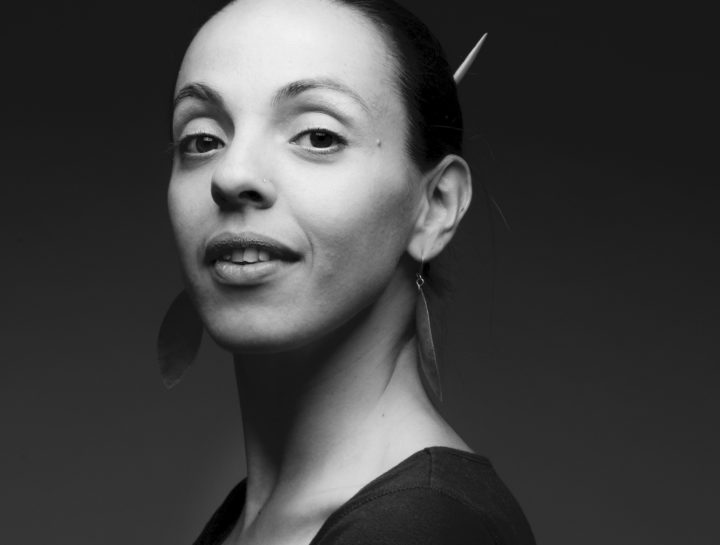
Emilia Sanabria is a Franco-Colombian anthropologist, trained in the UK and working in Brazil since 2004. She was Assistant Professor of Anthropology at Ecole normale supérieure de Lyon from 2011-2018 before joining the CNRS in 2018. Her research is situated at the crossroads of the anthropology of health, care and the body and Science and Technology Studies (STS). She has been examining the fraught relationship between Western science and biomedicine and indigenous and traditional knowledges through a range of ethnographic projects on sexual and reproductive health, nutrition and food justice and the demarcations between drugs and medicines. Her first book Plastic Bodies: Sex hormones and menstrual suppression in Brazil (Duke University Press, 2016) received the Rosaldo and Forsythe prizes from the American Anthropological Association. She is currently Principal Investigator of an ERC grant “Healing Encounters.”
Website: https://encounters.cnrs.fr/en/
Recent publications:
https://americanethnologist.org/features/pandemic-diaries/post-covid-fantasies/fragments-from-the-demise-of-the-pharmaceutical
https://culanth.org/fieldsights/psychedelics-beyond-the-neuro
https://link.springer.com/article/10.1057%2Fs41292-020-00222-4
https://pubmed.ncbi.nlm.nih.gov/28432902/
Recent talks:
Ayahuasca na floresta, na cidade e no laboratório (with Luís Fernando Tófoli) https://www.youtube.com/watch?v=rvF4xuP6y1I
Speaking Plants: decolonial perspectives on ayahuasca and healing https://vimeo.com/352727090
Prendre soin: méthodologies de la relation (with Denis Chartier) https://vimeo.com/485991948
Crafting Settings for Otherwise Health under Brazilian Settler Colonialism
BadLab
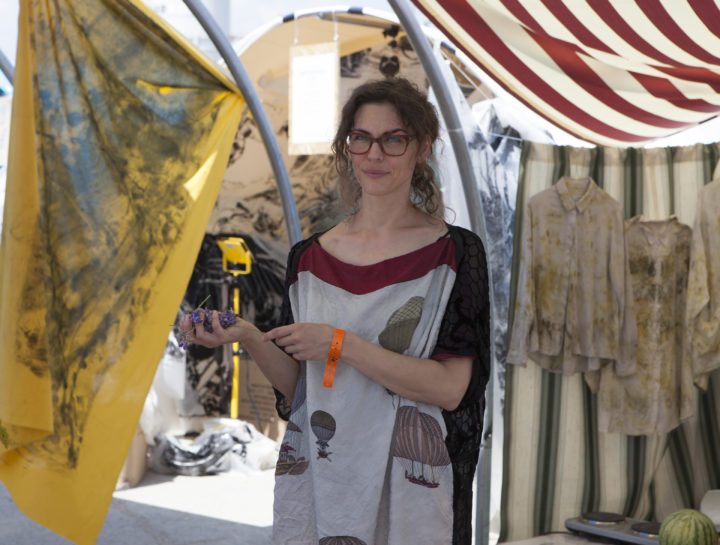
Corinna Mattner *1977 graduated as interior architect and scenographer. Since 15 years she has been working in the theatre field and organizing a variety of offspaces and communiy art projects, always meandering around anti-consumerism. She is still very active for Fashion Revolution Switzerland and runs the upcycling brand Romy Hood. Her creations change between fashion and wearable art. Since 2017 she is joining the global hackteria network and is lately working as performance artist, experimenting with eco and bacteria print, kombucha skin, performs musical sewing on stage and is part of Bad Lab project in collaboration with other artists.
Aliens in Green
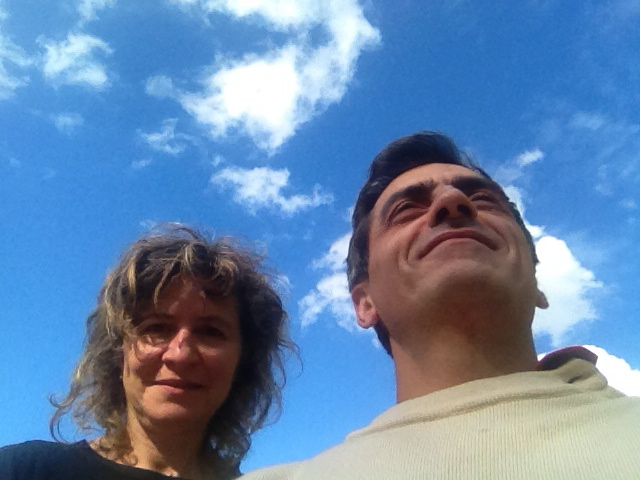
Bureau d'études is a French conceptual art group founded in 1998 by Léonore Bonaccini and Xavier Fourt. For 20 years the group develops research on the structures of power and capitalism. The group lives now in the countryside and works on a scale 1:1 collective project across agriculture, commons and resymbolizing researches at Ferme de la Mhotte. Bureau d'études is co-founder of the Laboratory Planet collective&journal and of the Aliens in Green project.
Seconde peau
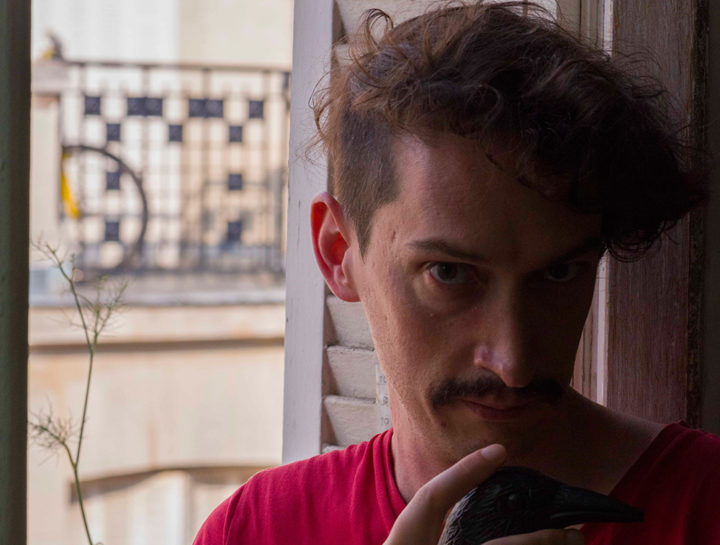
Benoît Piéron is a French artist born in 1983, he creates installations and objects.
Graduated with honors from the jury of the École Nationale Supérieure des Beaux-Arts de Paris in 2007, he participated in the residency program of the Fondation d'entreprise Hermès in 2010. In 2011-2012 he was a resident at the Casa de Velázquez, the French Academy in Madrid. He resided at the Fernand Léger Gallery in Ivry-sur-Seine in 2014 where he held his first solo exhibition in 2015. In 2018 he presented a solo exhibition at the Centre d'art contemporain Les Tanneries d'Amilly. He is currently in residence at the Cite Internationale des arts in Paris.
His work has been exhibited in France, Japan, Korea, Spain and Canada.
Benoît Piéron is interested in the sensuality of plants, the boundaries of the body and the temporality of waiting rooms. He practices patchwork, existential gardening and draws wallpapers. Having always lived with a companion illness, the hospital universe is his ecosystem.








© Open Source Body 2021 | visit edition 2018 (archive website)